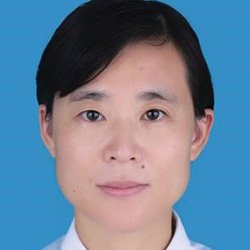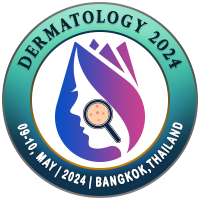
Xiangling Li
Guangxi University of Chinese Medicine, ChinaTitle: Effect of chloroquine on HPV infection
Abstract
Human papillomavirus ?HPV ?is a large family of small, double-stranded DNA viruses. At present, more than 220 HPV genotypes have been identified and classified into high-risk and low-risk HPV according to the nucleotide sequence of the L1 capsid protein-coding gene. Some low-risk species (e.g., HPV6 and 11) can induce warts after infection, whereas some high-risk species (e.g., HPV16,18,31,33,35,39,45,51,52,56, and 58) can induce cancers. About 5% of human cancers are associated with HPV infection. However, there is currently no effective drug against HPV infection. Chloroquine, an old drug used to treat malaria, was used to treat Covid-19 in China during the global 2019-nCoV pandemic in 2020. It has been found that chloroquine can reactivate p53 in tumor cells and directly embed into viral DNA to inhibit the replication of viral DNA and also can inhibit the proliferation of infected cells by acting on iron ions. However, the role of chloroquine in HPV infection has not been reported. Our previous studies showed that chloroquine can inhibit cell proliferation by activating the p53 pathway in cervical cancer (high-risk HPV-infected cells) Hela cells. Chloroquine inhibited the proliferation of HPV11-transfected Hacat cells(low-risk HPV-infected cells) and their growth in animal models, as well as HPV DNA replication and wart growth in genital wart models. Chloroquine promoted the expression of p53 in condyloma acuminatum (CA). However, the mechanism of action of chloroquine remains to be further studied, especially whether chloroquine can be used as an adjunctive therapy for cancer caused by HPV infection.
Biography
Xiangling Li has completed her PHD at the age of 30 years from Guangzhou University of Chinese Medicine. Now she is an associate researcher at Guangxi University of Chinese Medicine. Before that she was the leader of drug research and development in a biopharmaceutical company, focusing on new drug discovery and filing. At present, she has more than 20 articles have been published, and 8 Chinese invention patents have been licensing, including one international invention patent.

